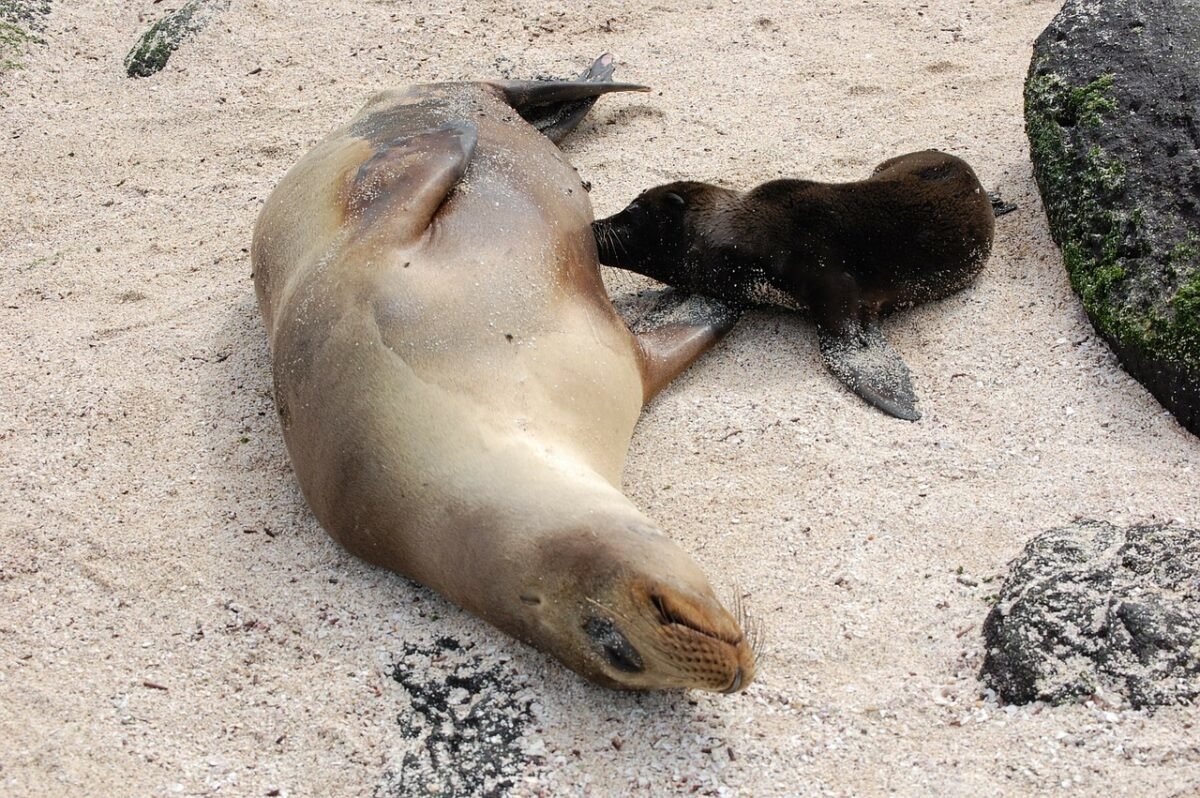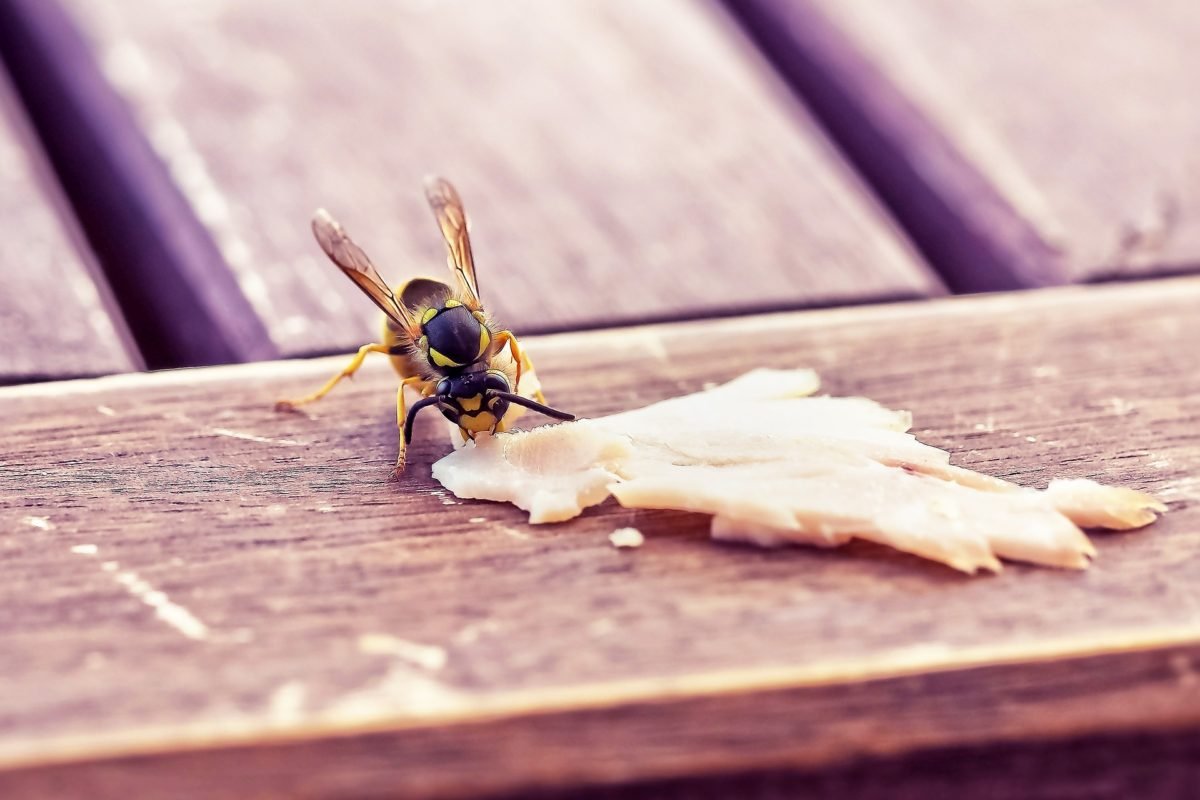-
Killing wild animals by our crass behaviour

We are killing wild animals by our crass behaviour and because of our ignorance of how to act around them.
-
Understanding our general attitudes to animals

Our reaction to a wasp or bee joining us for lunch is very telling of how we view all animals. Our interaction with creatures such as a wasp or a bee can tell us a lot about our general attitudes to animals. Our first thought when a wasp joins us for an outdoor meal or…